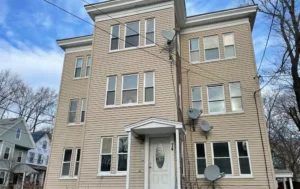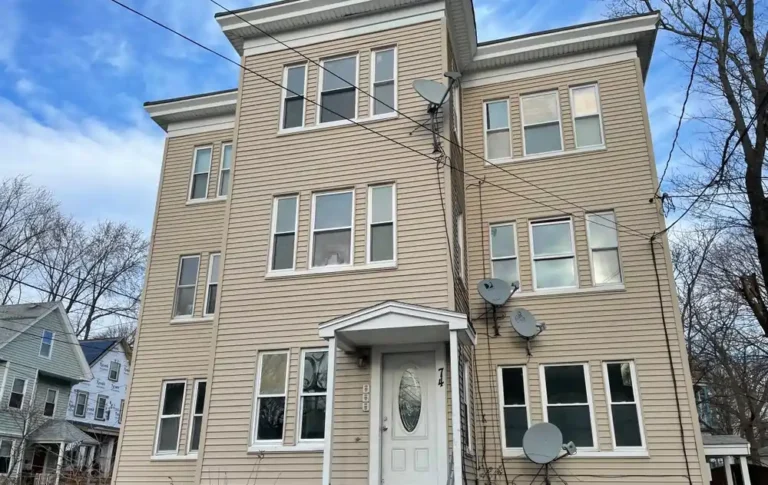
It is helpful to explore the reputation of a sober living home before moving in. Additionally, explore ratings and reviews from residents who have lived in the home. When researching a new home environment, check in with your intuition and speak with your clinical team and treatment specialists to explore safe and supportive living options.
What Is the Difference Between Sober Homes and Halfway Houses?
Without the supervision and structure of a treatment program, a person in recovery can be tempted to return to old habits. The risk of relapse is particularly high in the first few months following treatment. Studies have identified that 65% to 70% of people relapse within the initial 90-day period.
- This indicates the need for greater health education of drug users and the implementation of relapse and overdose death prevention programs.
- It includes building relationships, supporting others and practicing healthy ways to overcome triggers.
- Individuals who breach this are usually removed from the home immediately to protect the other residents.
- At Trinity Behavioral Health, we understand that each individual’s recovery journey is unique.
- Professional rehab programs have medical, psychiatric, and spiritual staff who are licensed and certified.
Sober Living Home & Oxford House Rules
The main role of rehab is to help the addict initially recover from their addiction. Oftentimes, people go to rehab to detox (or directly after it) and begin learning the basics of recovery. Sober living houses, on the other hand, operate as a sort of bridge between rehab and mainstream society. Sober living homes offer their residents a structured and safe environment to adjust to life without drugs and alcohol.

The Difference Between Halfway Houses and Sober Living Homes
The goal of sober living homes is to monitor and improve health, safety and wellness using peer support. The goal of many halfway houses is to reduce recidivism among felons using supervision. However, some halfway houses are designed to reduce drug relapse rates for high-risk individuals leaving incarceration. However, most halfway homes have the goal of supporting you to recovery through a structured environment. They offer a higher level of focus on social support, giving you someone to talk to and help you.

Since recovery houses are not run by the government, they largely make up their own rules. While this means that there is a wider range of quality in these houses, it also means that certain homes will have different rules and restrictions from others. This is why substance abuse treatment must include continuing support, even long after the ‘critical care’ is over.
- In most cases, it’s best to go from a residential treatment program into a sober living community.
- Depending on the city, neighborhood and services offered, rent can range from $300 to $2,000 per month.
- Although halfway houses are similar to other sober living situations, there are some key differences that set them apart.
- In most cases, people who live in sober households have to follow certain house rules and contribute to the household by doing household chores.
- They also provide the same types of services most sober homes do, such as helping you to make it to 12-step meetings and teaching you life skills.
- It’s an excellent opportunity to hone relapse prevention skills and gradually adjust to the outside world.
Are You Looking at Sober-Living Houses? Here Are a Few Things You Should Know
While each plays a vital role in a person’s recovery process, they differ in several ways. Many studies have shown that the best-practice rehabilitation treatment provides continuity of care post-discharge. Sober homes allow individuals to continue with elements of their recovery treatment even after their formal rehab program has finished. This continuation of support, motivation, and, in some cases, therapy will significantly enhance their chance of long-term sobriety.
- From there, our team will work with you to choose the right type of transitional living for your next step.
- You may prefer to live in an environment with others working toward their recovery in an atmosphere that provides accountability.
- Sober living homes in New York allow individuals to be independent and offer structure to help those starting their recovery journey.
- Addiction treatment begins in the mind, but there are treatment facilities that specialize in helping people tackle addiction in a way that best suits their needs and circumstances.
- The long term goal is to equip those individuals with the skills they need in order to maintain long term sobriety.
What is Transitional Housing?

All sober houses have a zero-tolerance policy regarding the use of drugs or alcohol. Some recovery houses insist on random drug testing to ensure residents sober house vs rehab remain sober. Individuals who breach this are usually removed from the home immediately to protect the other residents. Although halfway houses share a lot in common with sober-living homes, there are a few key differences that set them apart. As a result, those who have previously achieved some level of sobriety are more likely to succeed in a halfway home than those who are just starting out in recovery. You can live at a halfway home if you’re freshly sober, have gone through detox, are willing to stay sober, and can commit to following the house rules.
- A halfway house serves a variety of different people in need of a drug and alcohol-free living environment.
- Your friends or family members may tempt you with alcohol or other drugs by consuming them in front of you.
- While each plays a vital role in a person’s recovery process, they differ in several ways.
- A halfway house may host a specific population, such as survivors of intimate partner violence or people who have previously been homeless.
- Sober homes are usually privately owned properties where the owner sets specific guidelines and rules for residence, focusing on maintaining a sober environment without the direct involvement of state agencies.
- Rules vary depending on each home or accrediting organization, but most sober living homes have several rules in common.
They’re also in charge of keeping track of the client’s housing stability and health after they’ve found a place to live. This can be accomplished by maintaining regular contact with the landlord and/or making random house visits. Permanent Supportive Housing is an alternative for people who have been homeless for a long time (PSH). PSH units are contained in a single structure or household for the most part. It can take several forms, ranging from a single room in a house to a number of or all of the units in a structure.
Integration with Outpatient Programs and Aftercare

Residents of a halfway house are required to pay a portion of their income toward their rent. The costs of halfway houses vary depending on the number of services and amount of privacy offered. Studies indicate that living in sober homes after inpatient treatment increases recovery rates, financial strength and overall stability.
